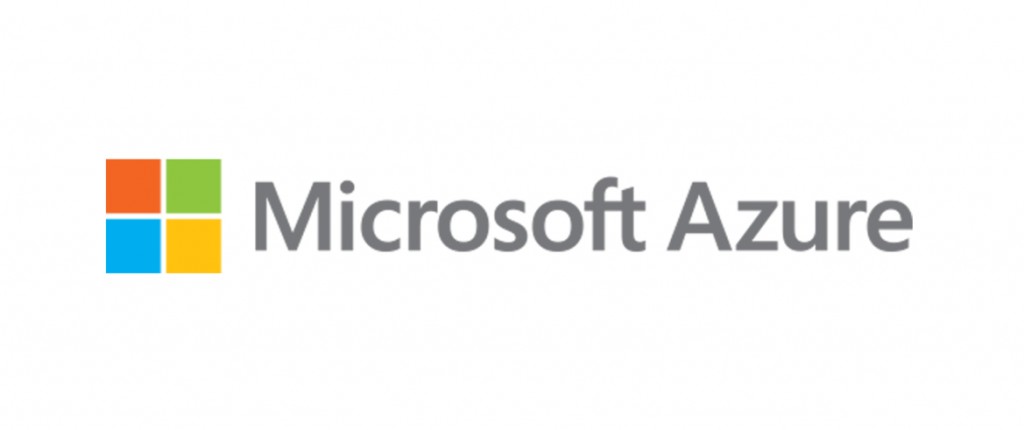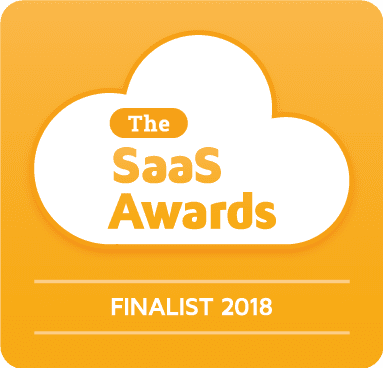Moving from CapEx to OpEx? As 2020 has drawn to an end, it’s safe to say that we’ve all been reminded exactly how uncertain the future can be. Whether willingly or unwillingly, we’ve had to accept it is critical to mitigate risk, remain agile and flexible, and to preserve capital.
Now is not the time to make large capital outlays, or to enter into lengthy contracts that force you to pay in advance. Annual fees are a capital expenditure (CapEx), while monthly subscriptions are an operating expenditure (OpEx).
Be mindful that annual licence fees aren’t saving you money in the long run. Just dividing an amount into twelve payments doesn’t make it a cost saving. Moreover, because most licence fees work in brackets based on numbers of employees, if you get stuck in the bracket for 1,000 employees, for example, that amount doesn’t slim down when your company does.
CapEx vs. OpEx
Although people may think buying something outright is a great investment for an organisation, CapEx is more often than not an accounting headache and it is far trickier to identify its true cost and value to a company. OpEx, on the other hand, is tax deductible and can be subtracted from the business revenue when working out true profits and losses.
Generally, this grows the bottom line. OpEx paints a more accurate picture of the true cost of doing business because the benefits and value of OpEx are instant and easily recognised. This is particularly true of cloud. There is no debate that there are major advantages associated with cost savings when moving to the cloud. And when it comes to cloud ROI, comparing CapEx to OpEx highlights how the cloud is a fantastic way to switch IT spending to a pay-as-you-go model and reduce CapEx costs, as well as reap multiple other benefits.
For most organisations, however, the pay-as-you-go option you get from cloud services is the obvious solution. In a way, this lets the experts run and maintain the cloud, so the organisation doesn’t have to hire extra employees to deal with it and existing staff can focus on their core functions and tasks. This option also keeps the organisation’s financial forecasts stable and predictable. Overall, keeping your IT efforts as OpEx as possible is the new and more flexible approach to keeping expenses to a minimum.
Mitigate risk at all costs
The repercussions of the Covid-19 pandemic have shown us that we need to mitigate risk at all costs. Uncertainty is the order of the day. While the pandemic rampages on unchecked in other countries, the second wave and another cycle of openings and closings is something that most companies can scarcely afford.
With Europe in a second lockdown, organisations need to be agile and flexible. They must mitigate risk and look after their own interests. In the market, we are finding CTOs and CFOs opting for more consumption-based models instead of putting themselves in a position where they might not be able to pay bills. They understand they can retain cash flow by going this route.
When using the cloud, companies benefit from true scalability. Unlike annual licence fees, cloud allows your monthly payments to instantly be reduced if your organisation needs to slim down. Similarly, as your organisation grows, more employees can be added to your payroll in seconds, and there’s no question of moving your expenditure up by a bracket. You only pay for the exact number of users/records you have in the company.
More companies are realising that the historic way of doing business and buying into annual contracts has passed. Companies who have adopted a cloud-first strategy are already seeing the benefits and future-proofing their organisation. In uncertain times, the cost of even one employee makes a difference, particularly for smaller entities. It’s really about doing the right thing for your company.











